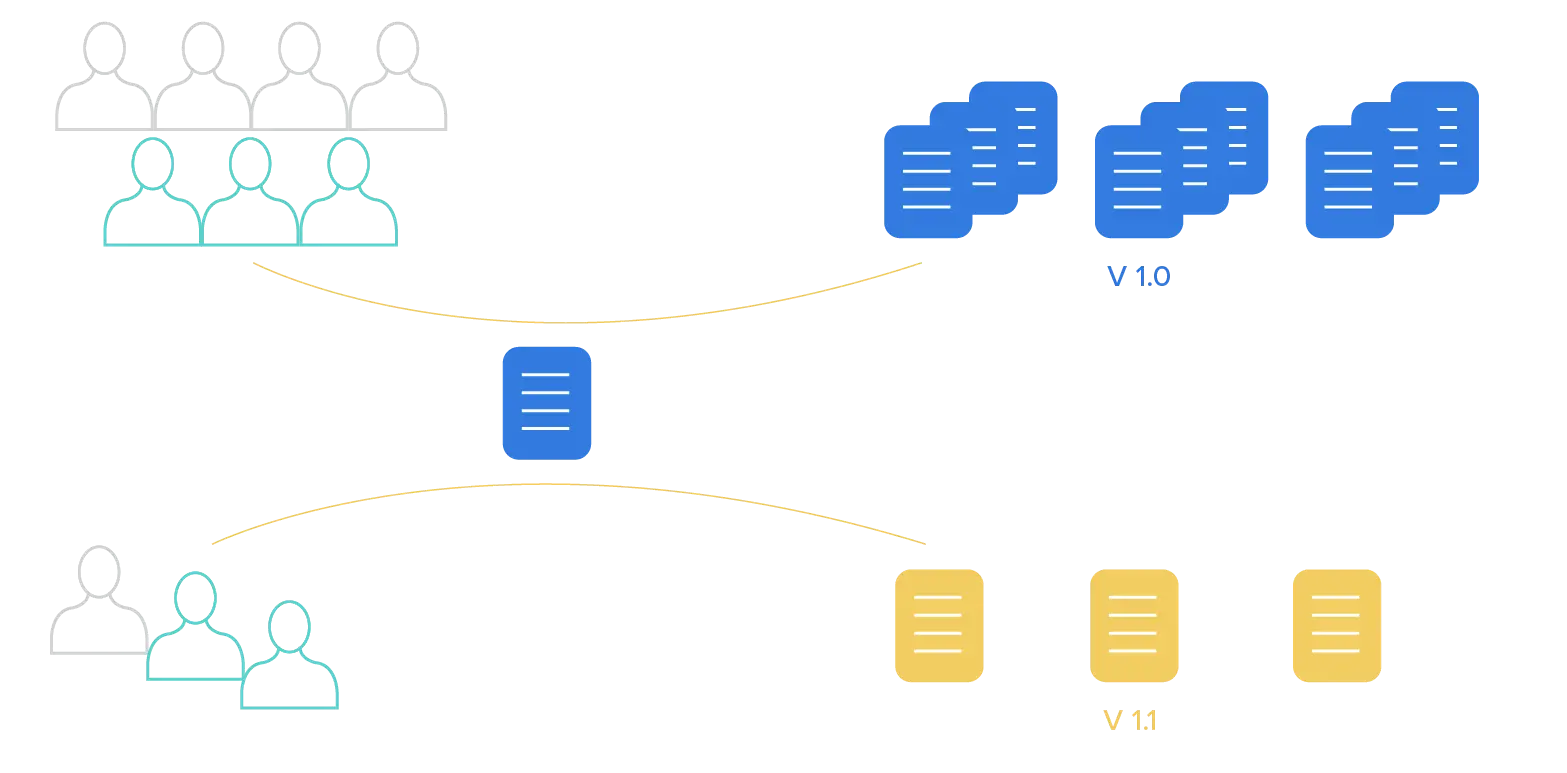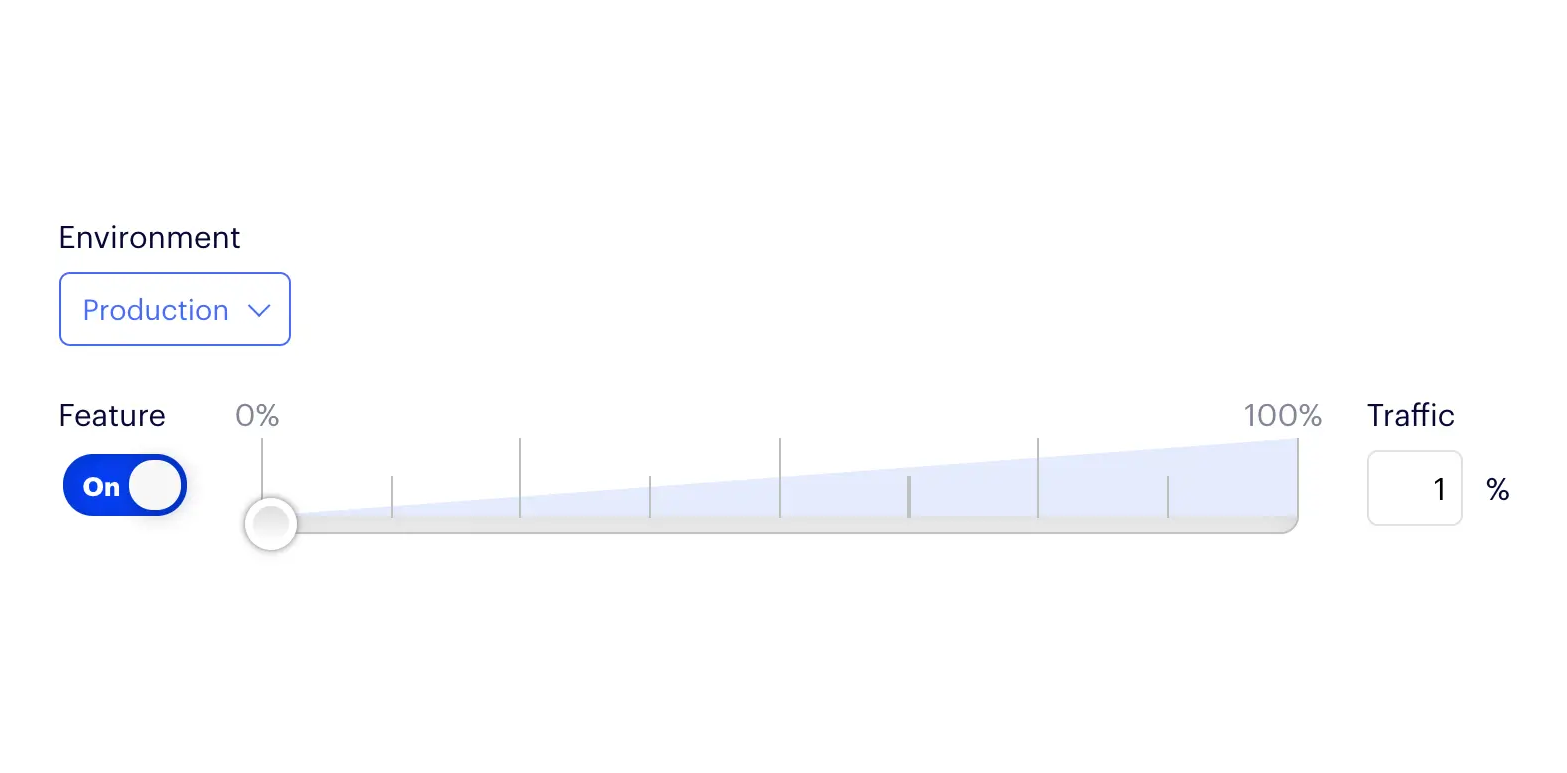What is Canary Testing, and
What are its Purposes?
Sep 8, 2023Using canary testing, developers can test new software on a small set of users before launching, finding and fixing issues before they are rolled out widely.
Software feature releases are often accompanied by new issues. Due to the nature of software, and the pressures of budgets and deadlines, bugs are inevitable. Software developers can help reduce risk and validate new software before it is released to the public in a number of ways.
In canary testing, production bugs only affect a small group of users. It is possible to identify and fix issues before a bigger release of software by rolling out the release only to specific groups of users.
Why “Canary Testing”?
The term “canary testing” originates from a mining tradition that was used until the 1980s. During this time, canary birds were used by coal miners to detect toxic gases such as carbon monoxide.When the canary died, miners knew they had to evacuate the mines before becoming victims themselves.
Likewise, canary testing in software can provide early warning signs if anything goes wrong, even though it is less dangerous.
Read more on Best Software Testing Tools 2023
How to do Canary Testing?
It is possible to perform canary tests at the server-level using blue-green deployments to slowly roll over traffic from one version of an application to a newer version of an application using a traffic router.

Splitting traffic by application version
Alternatively, feature flags can be used to send a specific percentage of end users to the new version.

By using Feature Flag, 1% of users will be sent to a new experience
How to do Canary Testing?
A canary test verifies if there are any issues with new code or features before releasing them to a larger audience. Prior to rolling out a new release to all users, teams can validate functionality and performance by limiting the release to a select audience. Canary tests are also useful because development and staging environments aren’t always the same as production environments.
By testing with a small percentage of production users (often known as testing in production), you can detect issues that might not have been found in development or staging environments.
Canary Testing & Feature flags
A feature flag enables teams to separate code release from feature enablement and remotely turn on or off features for specific groups, percentages of users, or all users. Using feature flags, teams can limit the release to just 1% of users while monitoring key metrics such as error rates, latency, and business metrics.
When a canary test detects an issue during the deployment process, it’s easy to disable the new feature or code by turning off the feature flag. By allowing companies to learn quickly about the performance of a new feature while limiting those affected, canary releases can help prevent downtime, lost revenue, and negative customer sentiment.
Canary Testing & Continuous Delivery
Continuous delivery refers to the process of releasing software into production on a regular basis. Leading software companies around the world have adopted it to deliver stable, bug-free software to their users faster.
The canary test is an integral part of continuous delivery and continuous integration methodologies. In best-in-class continuous delivery systems, such as Facebook’s, automated testing and deep monitoring are integrated into canary testing. After a feature has been deployed to a certain percentage of users as a canary, it automatically rolls back if it fails a monitoring check. By using continuous deployment and canary tests, a team can release new functionality and code changes more safely.
Canary testing in Intelligence Cloud
Teams can now implement canary testing feature flags using Nuox feature flags. Today’s advanced engineering teams practice continuous integration and continuous delivery. Feature management practices such as canary testing will help mitigate risks for teams and entire companies alike.
Using Nuox server-side experimentation, customers can follow the example of the world’s top software companies (like Amazon, Google, and Facebook). Nuox also offers enterprise-grade feature management and A/B testing through Nuox server-side experimentation, a powerful solution for doing canary testing, controlled feature releases, and feature tests in your product or app. Nuox is a prominent software development company in Dubai, specializing in offering Software Testing as a Service (STaaS).




